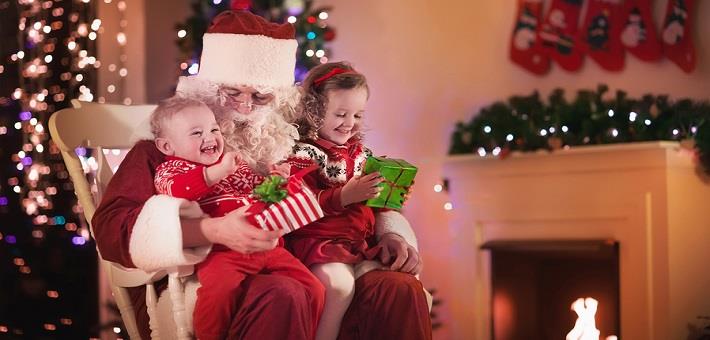
Why do Children Stop Believing in Santa Claus?
For many families, believing in the Santa Claus myth has become part of their Christmas tradition. Children are told that Santa delivers gifts to two billion children in a single night with his giant flying sleigh. Parents are expected to encourage their children’s joyous believe in Santa and his extraordinary activities. But why do children stop believing in Santa? According to a study in Cognitive Development, children’s developing intellect is the reason they grow to doubt Santa’s existence.
Take aways
- Children’s belief in the Santa Claus myth depends on their conceptual abilities.
- More specifically, children who have a better developed knowledge about the constraints of physical reality:
- ask more questions about the feasibility of Santa’s extraordinary activities;
- provide provisional explanations for Santa’s extraordinary activities.
Study information
The question?
What role does children’s understanding of physical constraints in real life play in their disbelief in Santa?
Who?
47 children between the ages of 3 and 9 (mean age: 6 years; 50% were boys; 40% were Latino; 30% Caucasian, and 24% Asian)
Where?
United States
How?
Children completed three tasks. First, they formulated five information-seeking questions for Santa in a letter. Then, the researchers determined whether the questions were factual or conceptual. Factual questions were about aspects of Santa’s existence, like his location or appearance (e.g., “Is the North Pole cold?” or “What are your elves’ names?”). Conceptual questions were about the constraints of Santa’s extraordinary activities (e.g., “How do you fit inside a chimney?” or “How do you make your sled fly?”).
In the second task, the researchers asked the children to explain how Santa performs five of his extraordinary activities (e.g., “How do you think he travels around the world in a single night?” or “How do you know whether every child has been naughty or nice?”).
The third task assessed the children’s understanding of physical constraints in real life (unrelated to Santa). Children were asked whether they thought that 10 physically extraordinary events (5 possible events and 5 impossible events) could occur in real life (e.g., drinking onion juice and walking on water).
Facts and findings
- Children who were better at differentiating possible events (e.g., drinking onion juice) from impossible events (e.g., walking on water) asked more questions about the feasibility of Santa’s extraordinary activities (conceptual questions).
- These children also provided provisional explanations for Santa’s extraordinary activities (e.g., Santa can travel around the world in a single night because he makes multiple trips).
- Older children asked more conceptual questions (e.g., “How do you fit inside a chimney?”) in their letter to Santa compared to younger children.
- Important note: all children in this study believed in Santa and his extraordinary activities.